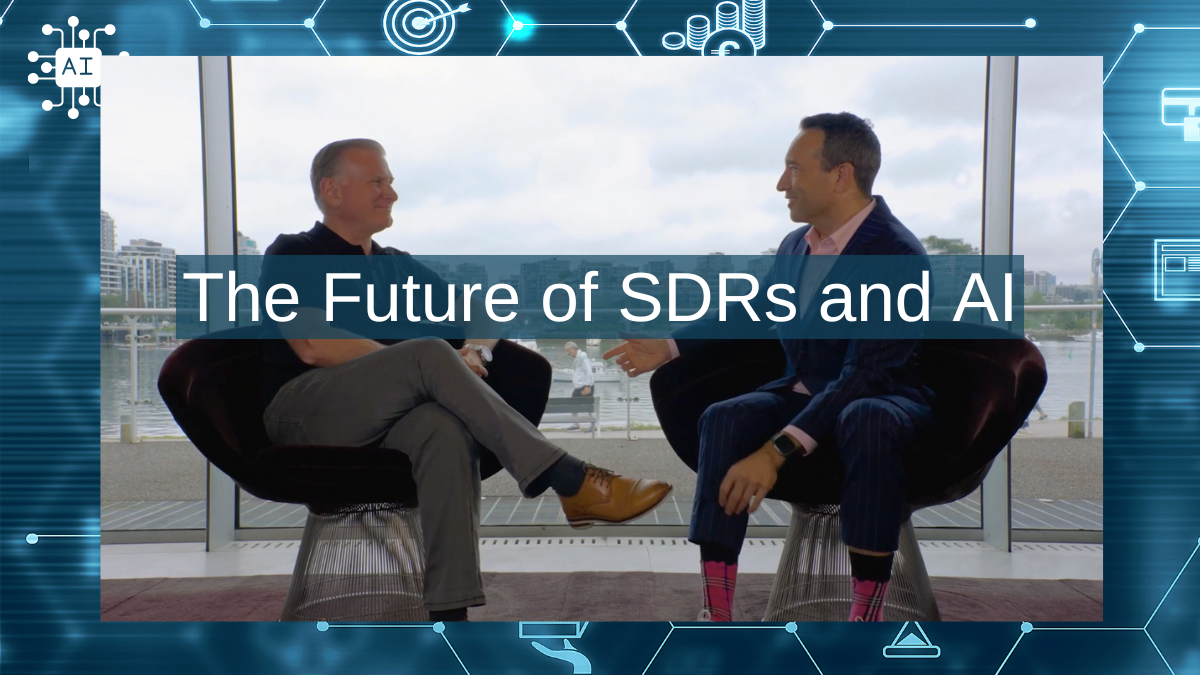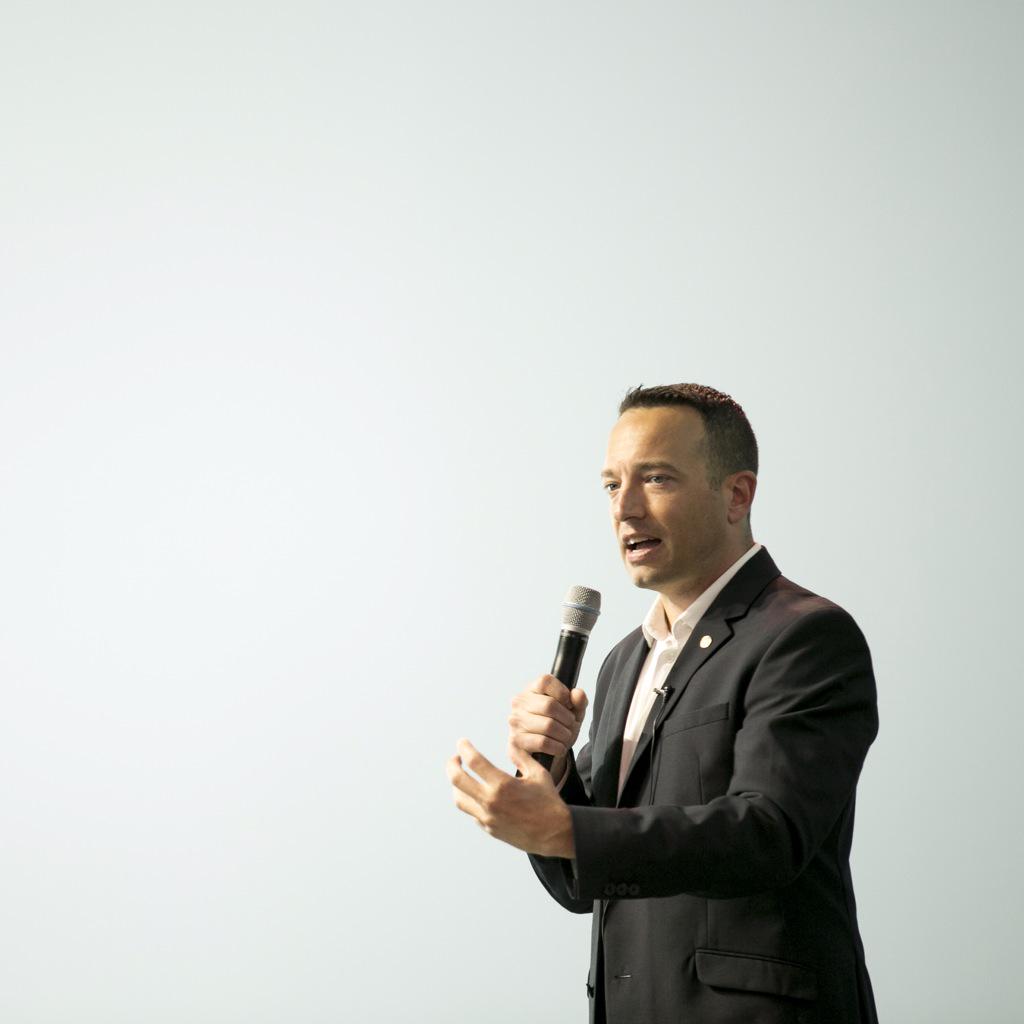Mike Curliss VP of Sales for Maximizer and I sat down and talked about AI, the future of sales leadership and the role of the SDR. We both agreed that as AI takes over the repetitive tasks, the SDR role is becoming increasingly human. Instead of focusing on repetitive or mundane tasks, SDRs must now sharpen their communication skills and deepen their business acumen. The SDR of the future needs to be much more than someone who follows a script—they need to understand human psychology, business challenges, and how to sell with context with prospects.
[On the topic of AI, this article has been written by humans with the assistance of AI and based upon the original transcript of this conversation.]
Companies that want to thrive in the AI for Sales era must shift their focus when it comes to SDRs. Here are some of the key competency areas where SDRs need to excel:
- Communication skills: SDRs need to effectively engage with prospects and provide compelling reasons to move forward in the sales process. Their role is now more about creating meaningful human connections. This requires master communicator skills driven by empathy, fluid rapport building and personal posture and confidence.
- Business acumen: Understanding the customer’s industry, pain points, and business challenges is critical for SDRs to have impactful conversations with prospects. Even to book an appointment they need to be able to come up with a compelling, contextual reason on the fly.
- Problem-solving: SDRs must be equipped to handle tough questions and challenges without immediately deferring to a more senior salesperson. They need to have enough knowledge to answer basic questions and sell the expertise of the account executive or they will be deemed irrelevant… especially by senior decision makers.
These enhanced skills are what SDRs will need to secure their career future. They are moving away from mass generic communications to focused first human touchpoints in the sales process. AI may handle the administrative aspects, but it’s the SDR’s ability to connect with people with relevant value that ultimately drives results.
Here’s the video excerpt of our conversation:
The New SDR Training Playbook
One of the biggest mistakes companies make is underinvesting in their SDRs. Too often, organizations view SDRs as entry-level, transactional roles and fail to provide them with the necessary training to succeed in this new environment. However, the companies that are winning are those that prioritize training their SDRs to master the human side of selling while powering them with AI powered CRM and other AI sales technology.
Key areas of SDR training need to include:
- Product knowledge and business insights: SDRs should have a deep understanding of the product or service they are selling, as well as the specific industries they are targeting. They need to speak the language of their target market.
- Role-playing tough conversations: It’s crucial to simulate challenging scenarios, where SDRs are asked hard questions about the product, the business, and why a prospect should continue the conversation. Like martial arts sparring, practice, refinement, and more practice is what it takes to get into the flow and master the skills needed. Ideally we shouldn’t be initially practicing on real live sales opportunities… or trying our martial arts skills out for the first time in a street fight.
- Psychology and engagement: Training should focus on helping SDRs understand human behavior and psychology to improve how they engage and persuade prospects.
As Mike and I discussed, an ill-equipped SDR can be detrimental to the sales process. If an SDR constantly defers to someone else when a prospect asks a tough question, it diminishes trust and slows down the sales cycle. Instead, SDRs should be trained to handle at least the first layer of objections and guide the prospect towards the next step in the process.
AI and SDRs: A Symbiotic Relationship
Contrary to what some might think, AI is not replacing the SDR – or at least in doesn’t have to. Instead, it should augment the role, making SDRs more efficient and enabling them to focus on what they do best—building rapport and beginning relationships. With AI handling research, scheduling, and follow-up tasks, SDRs have the time and mental bandwidth to engage in deeper, more meaningful conversations with prospects.
This symbiotic relationship between SDRs and AI enhances the entire sales process. AI provides the data and insights SDRs need to act quickly and effectively, while the SDR brings the human touch that AI cannot replicate. The result? A sales process that is faster, more personalized, and more successful. Over automation with no human guard rails (human SDRs) is a quick way to burn through a large list of great prospects with lack of context or worse… the wrong context.
The future of sales is a blend of automation and human connection. As AI sales technology continues to evolve, the SDR’s role will shift from administrative tasks to high-level, human-centric selling. The SDR of the future is a highly skilled, human-centric professional—enabled by AI but driven by the ability to build trust and connect with prospects in a meaningful way.


